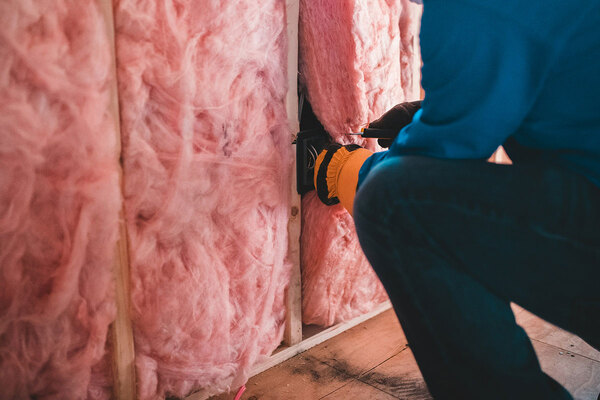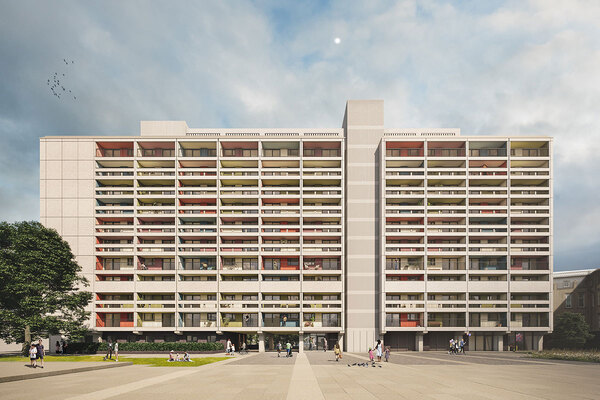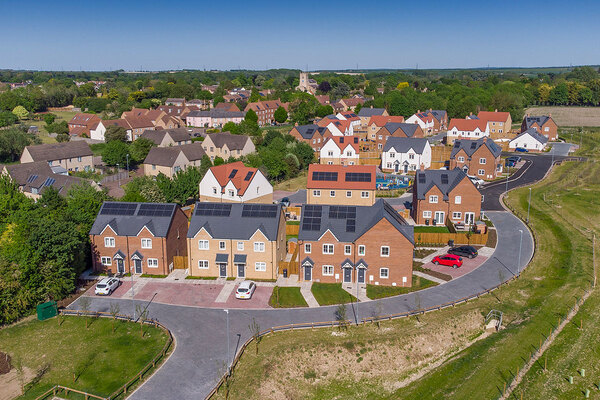How habitat boxes can improve biodiversity
Maisie McKenzie, biodiversity manager at Wienerberger UK & Ireland, explores the state of dwindling biodiversity in the UK and how manufacturers are embracing wildlife and nature into their innovations
Biodiversity has always been a critical part of the UK’s ecosystem. From providing food and raw materials to regulating climate and freshwater quality, the standard of human life on Earth depends on a healthy and thriving biodiversity. However, it’s protection and management has not always been a priority. Since 1970, UK species have declined by about 19% on average, and nearly one in six species are now threatened with extinction.
However, a shift has emerged. Net zero targets are no longer a distant ambition but a looming goal demanding attention and action. The restoration and sustainable handling of our biodiversity is intrinsic to the UK’s ongoing green agenda and policies. We can see this in the introduction of Biodiversity Net Gain (BNG) in February 2024, requiring developers to leave the land in a measurably better state than it was before the development. The change rocked the planning and development sector to its core as space was made for sustainability.
This February, the UK government published a national biodiversity strategy and action plan, ‘Blueprint for halting and reversing biodiversity loss: The UK’s national biodiversity strategy and action plan for 2030’. The document set out how the UK is planning to work towards its commitments in the 2022 Kunming-Montreal Global Biodiversity Framework (GBF), including how to reduce biodiversity threats and implement solutions into the ‘mainstream.’
Every stakeholder within the built environment has a part to play in halting the decline of biodiversity. But manufacturers are in a unique position to forward green innovation, using materials that protect wildlife whilst not delaying or disrupting project deadlines or work. Manufacturers such as Wienerberger have looked to merge urban housebuilding with biodiversity through eco-habitat boxes. Eco-habitat boxes are integrated wildlife boxes within bricks, tiles and other masonry materials offering durable and discreet habitats for British birds, bats, bees and other species.
Architects and specifiers now have access to a fuss-free and inexpensive solution in wildlife boxes, which can provide an ecological enhancement to a wide range of projects. The emergence of such units has come at a time when homeowners and commercial property tenants have a greater appreciation of nature. Our post-lockdown societies have a deeper understanding of the benefits of being exposed to nature and wildlife, and the awareness of biodiversity loss is becoming not just common knowledge, but a common concern.
Wildlife boxes are only becoming more adaptable and versatile as their popularity increases with both homeowners and housebuilders. For example, all Wienerberger Eco-Habitat boxes are produced in the UK to standard brick and tile sizing with ease of application and durability at the heart of the designs. They can also be faced in any brick type, regardless of manufacturer, stone finish or suitable for render. By being produced using the same masonry, the product can expand and retract with the building, making it a long-lasting option, a priority when building with biodiversity net gain in mind.
Conversations about biodiversity are no longer on the margins, but at the heart of the continuing net-zero agenda. As we approach 2030, substantive solutions that get us a step closer to a greener, more sustainable future should be championed. Eco-habitat boxes are a small but meaningful measure to help halt the decline of biodiversity. Straightforward inclusions in housebuilding are perfect for housebuilders, developers and specifiers who are working on sustainable changes that can be made without hassle or significant expense.
These simple innovations within building materials are a leading example of how biodiversity is here to stay, and now is a better time than ever to get in the loop.






